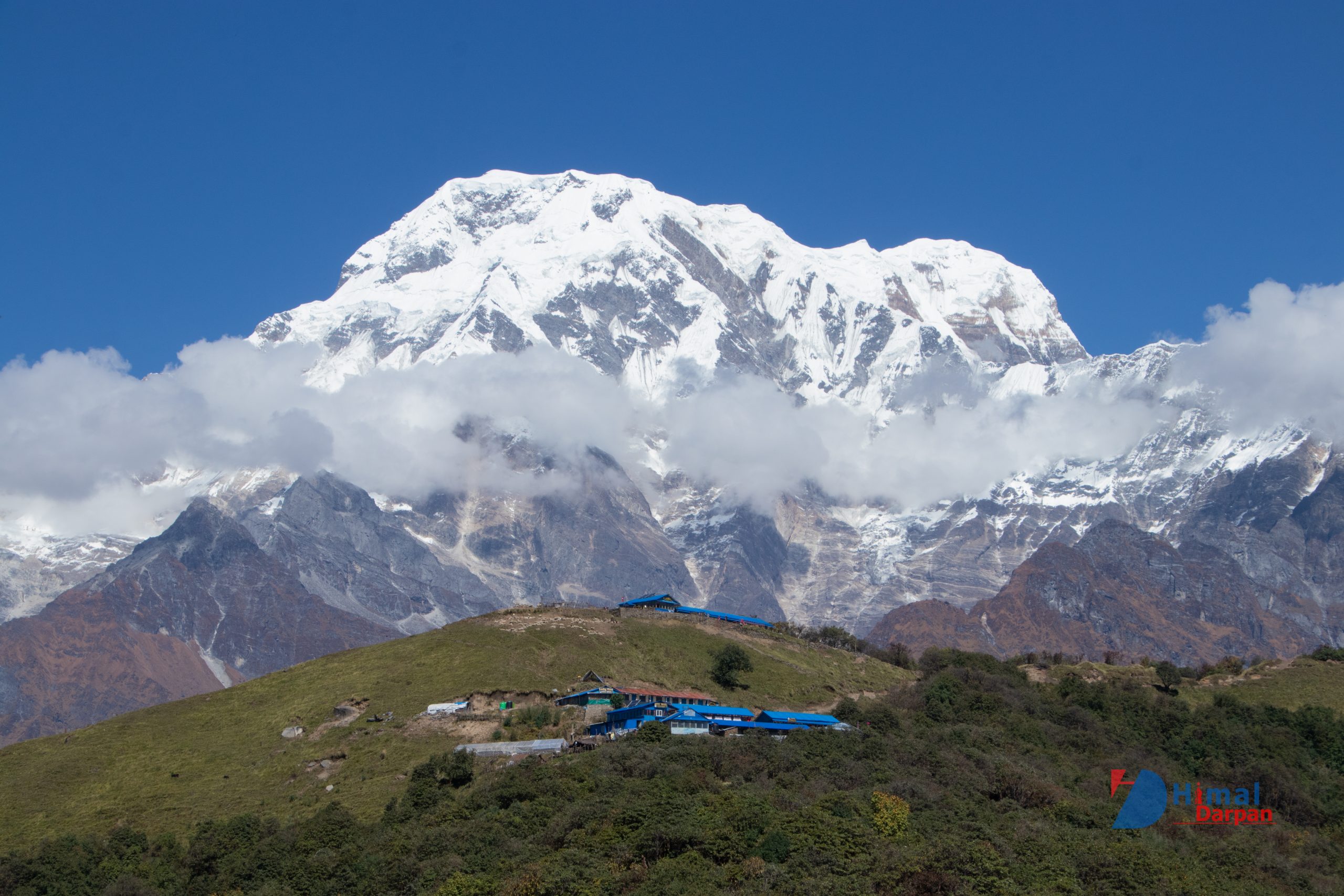However, Nepal's tourism industry has been affected by political instability and a lack of infrastructure in recent years.

Nepal, a small landlocked country in South Asia, is a place of great natural beauty and cultural diversity. With towering Himalayan peaks, lush jungles, tranquil lakes and rivers, and an array of wildlife, Nepal is an ideal destination for those looking for an authentic and unique travel experience. However, despite its enormous potential as a tourist destination, Nepal has yet to fully realize its potential due to a lack of infrastructure and political instability in recent years.
One of the major draws of Nepal is its unparalleled trekking and climbing opportunities. The country is home to some of the most famous trekking routes in the world, such as the Annapurna Circuit and the Everest Base Camp Trek. These treks not only offer breathtaking views but also give tourists the chance to immerse themselves in the local culture and way of life. The trekking industry is a vital source of income for many local communities, and as such, responsible and sustainable tourism practices are of the utmost importance.
In addition to trekking and climbing, Nepal offers a wide range of other activities for tourists to enjoy. These include paragliding, rafting, and wildlife safaris. The country is also home to several UNESCO World Heritage sites, such as the Kathmandu Valley and the Chitwan National Park. These cultural and natural sites provide a glimpse into the rich history and biodiversity of Nepal.
However, Nepal’s tourism industry has been affected by political instability and a lack of infrastructure in recent years. The lack of proper infrastructure, such as roads and airports, makes it difficult for tourists to travel to and within the country. This has also led to a shortage of hotel rooms, making it difficult for tourists to find accommodation. Additionally, the political instability has deterred some tourists from visiting the country.
Despite these challenges, the government and private sector have been working to address these issues and promote Nepal as a tourist destination. The government has been investing in infrastructure development, such as the construction of new airports and highways. Additionally, the private sector has been investing in the development of new hotels and resorts.
The Nepalese government has also been actively promoting the country as a tourist destination through various campaigns and events. In recent years, Nepal has been the host of the Himalayan Travel Mart, which is one of the largest travel trade fairs in South Asia. This event brings together tourism industry stakeholders from around the world, providing an opportunity to showcase Nepal’s tourism potential.
In conclusion, Nepal has enormous potential as a tourist destination, but it is important that this potential is developed in a sustainable and responsible manner. The government and private sector have a role to play in addressing the challenges facing the tourism industry, such as political instability and a lack of infrastructure. By working together, they can help to promote Nepal as a tourist destination and benefit the local communities that rely on tourism for their livelihoods. Additionally, responsible tourism practices should be implemented to conserve and preserve Nepal’s natural and cultural heritage for future generations to enjoy.